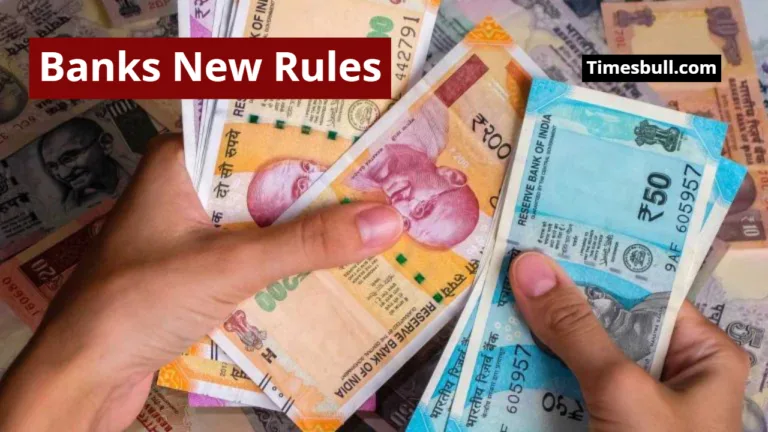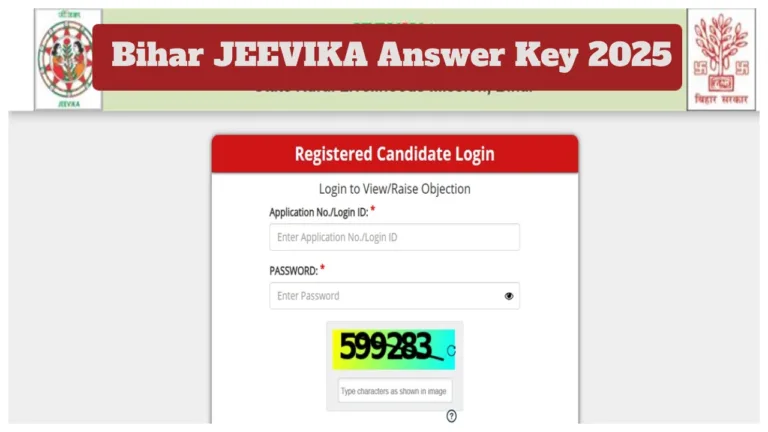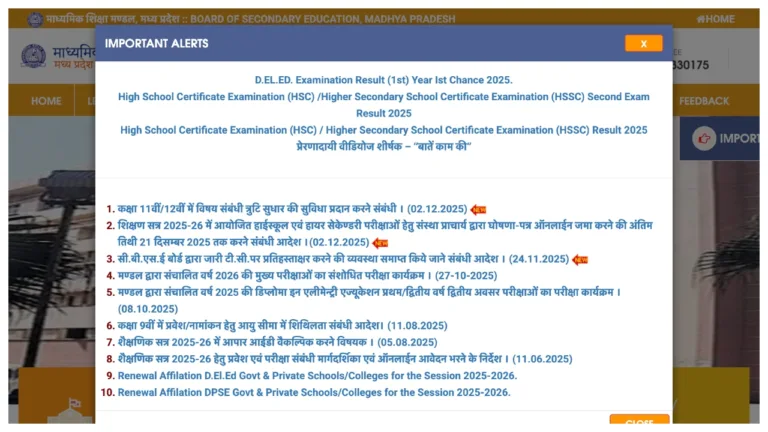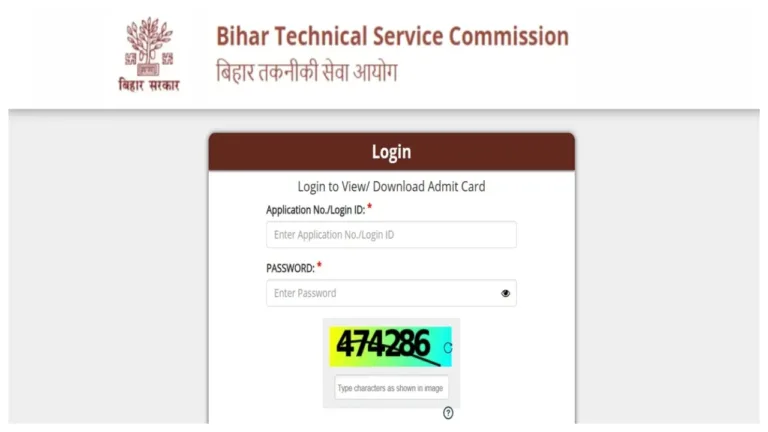The Reserve Bank of India (RBI) may reduce the interest rate for the third consecutive time in its next monetary policy meeting (MPC). According to Reuters, to support the weak economy, the Central Bank may cut the repo rate by 25 basis points on June 6, reducing it to 5.75%.
Currently, the repo rate is 6.00%. This step will have a direct positive impact on your pocket and will boost economic growth. Know why RBI is taking this step and what are the possibilities in the future.
RBI has enough scope to cut

According to the report, RBI has enough scope to cut interest rates. Inflation figures have been below the Central Bank’s target of 4.0%. Apart from this, economic growth has come down to 6.3% in the last financial year from 9% in FY 24. These figures clearly show that RBI needs to intervene to stimulate the economy.
Impact of global tensions
Amid growing tensions around the world due to US President Donald Trump’s tariff threat, other major economies may also adopt the path of cutting their interest rates. ANZ economist said, “The current trade tensions are having a bad impact on global growth, and India is not untouched by this.
The economists are expecting two more cuts after the cut on June 6. Economists believe that if a trade deal with the US is not reached, the possibility of further decline in interest rates will increase. This is a direct consequence of global economic uncertainty.
Stock Market and GDP
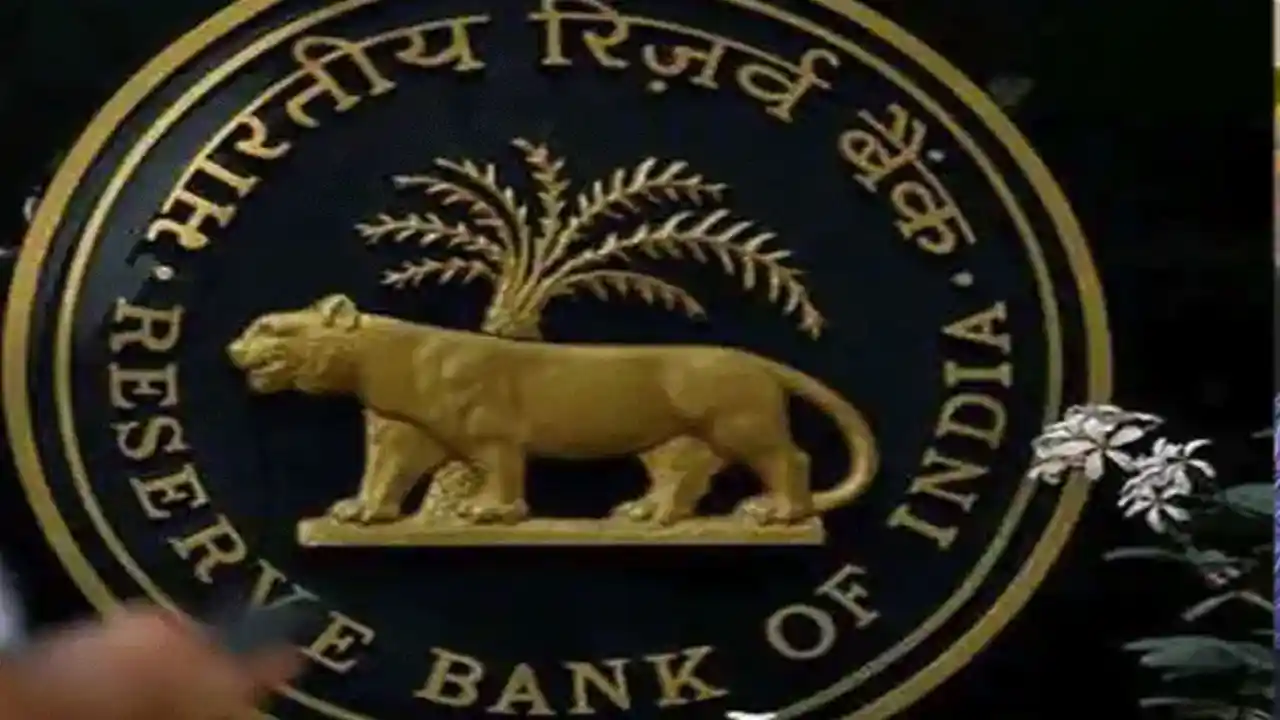
Meanwhile, according to Reuters, the Indian stock market could reach new heights by the end of 2025 despite concerns over high valuations. Apart from this, GDP growth is expected to average 6.3% this financial year and 6.5% next year.
The Chief Economist said that the interest rate cut in February has not given any special relief to the banks! Due to the cash crunch, they have not been able to make any major changes in the loan rates. However, bank deposit rates have come down and it is not clear whether this reflects policy transmission or is a sign of stress in the banking system! This highlights a complex economic landscape.

